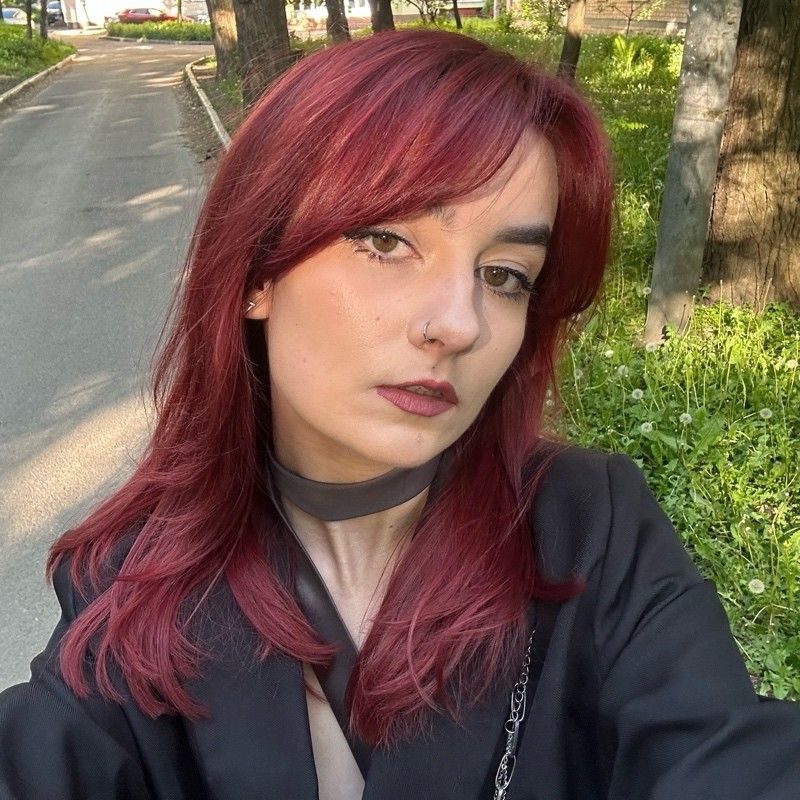Editor’s Note: This article was published by the twice-weekly newsletter “The Counteroffensive with Tim Mak” on June 23, 2024, and has been re-published by the Kyiv Independent with permission. To subscribe to "The Counteroffensive," click here.
*Sofia’s name has been changed due to security concerns.

They call it the gray zone: a two-kilometer stretch of road contested by both Russian and Ukrainian forces but controlled by neither. Thirty-thousand civilians have braved this treacherous path from Russia into Ukraine's northeastern Sumy Oblast, around 100 miles (161 kilometers) north of Kharkiv. The journey is perilous, often accompanied by shelling as people make their way through.
One of these brave individuals is Sofia*, who recently crossed the checkpoint on foot – the only way that's permitted. Every day, dozens of Ukrainians, including the elderly and those with limited mobility, cross the border under constant fire.
"I left the occupation, but it never left my head," Sofia said.
Sofia fled Kherson in southern Ukraine on Feb. 24, 2022, as large columns of Russian troops swarmed the city's outskirts. Sofia sought refuge in her mother's home village on the region's left bank, planning to decide their next steps together. However, large swathes of the region, including her mother's village, fell to Russian control before they could act. They ultimately decided not to risk leaving the now-occupied Russian territory.
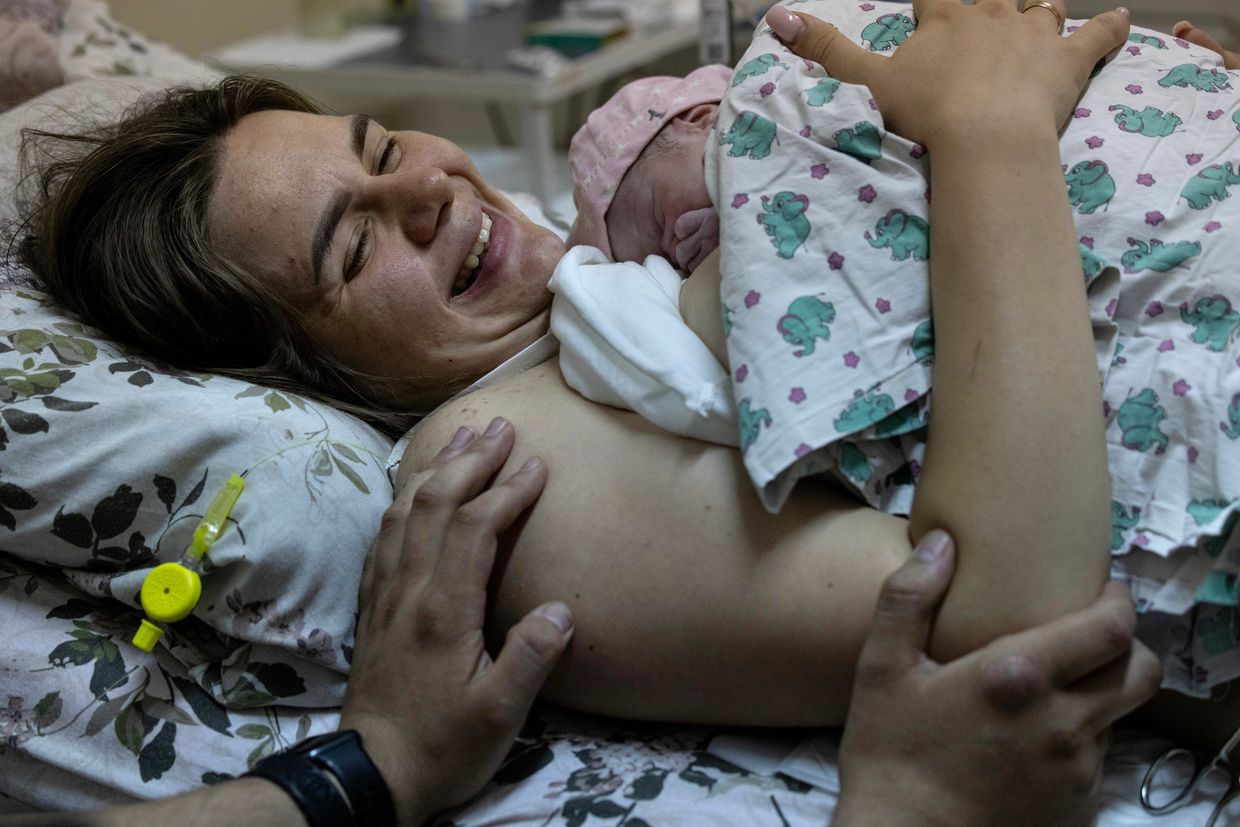
By summer 2023, pressure on Ukrainians living in the Russian-occupied territories intensified. Russian soldiers began coercing Sofia's family to take Russian passports and searched for their home addresses. Sofia's mother, unwilling to leave their home, insisted Sofia escape while she could.
“My mother and I were standing in the backyard. A Russian military vehicle drove by. Somehow, my mom told me to sit down so they wouldn't see us. So I did. The next day, we found out the Russians were looking for us,” Sofia said.
They soon realized the soldiers were seeking women in their village. Sofia had to leave. Her only option was to reach the Kolotylivka-Pokrovka passageway and cross the "gray zone." This crossing was hundreds of miles away through perilous, Russian-occupied territory.
The checkpoint in Sumy Oblast was officially opened in June 2023, after Russia destroyed the Kakhovka dam, forcing many Ukrainians living in occupied territories to leave their homes. Those worst hit by the floods were on the occupied left bank of Kherson Oblast. Back then, over 200 people crossed the border every day.
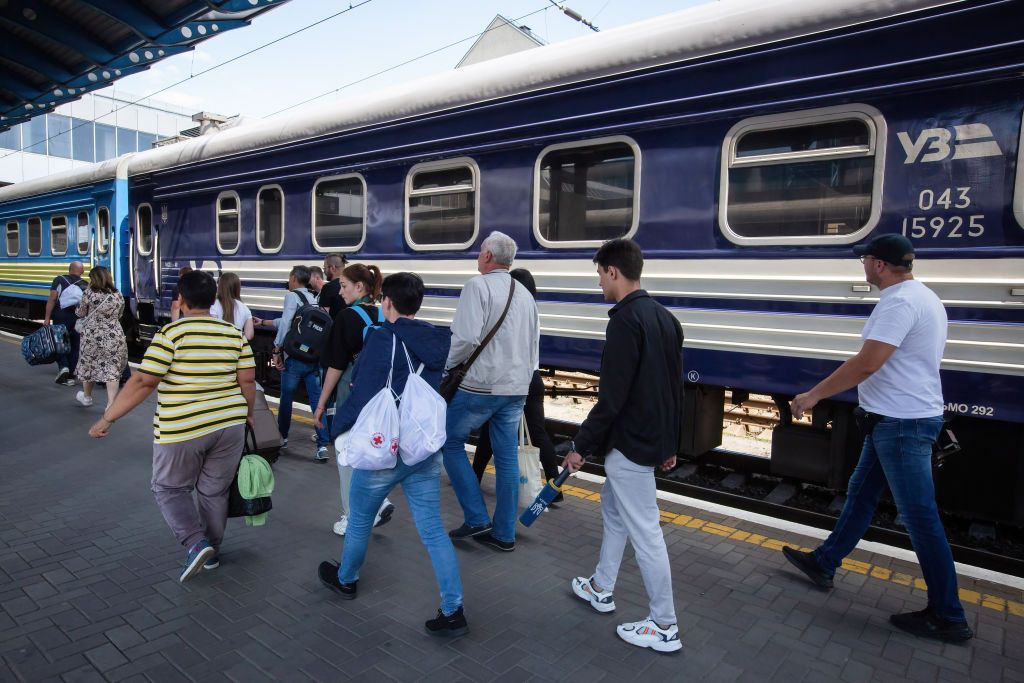
There are two main ways to get to the crossing point: on one's own with public transportation or with the help of private drivers. While the former is much cheaper, it is also more difficult and dangerous; the latter option is often too expensive for most Ukrainians.
Sofia sought help from a private transport company. The driver refused to enter her small village, directing her to the city of Melitopol in Zaporizhzhia Oblast instead.
“On the bus with me were elderly people who had left Kakhovka after the dam was blown up. They told me that many of their neighbors had died. They just drowned in the water. The elders took what they could from the mud and tried to evacuate at all costs,” she recalled.
The route to the Sumy Oblast checkpoint was dangerous, passing through Russian-occupied parts of Donetsk Oblast and Russia. Other routes included Russian-occupied Crimea and then through Russia into Europe, but most Ukrainians preferred the first option.
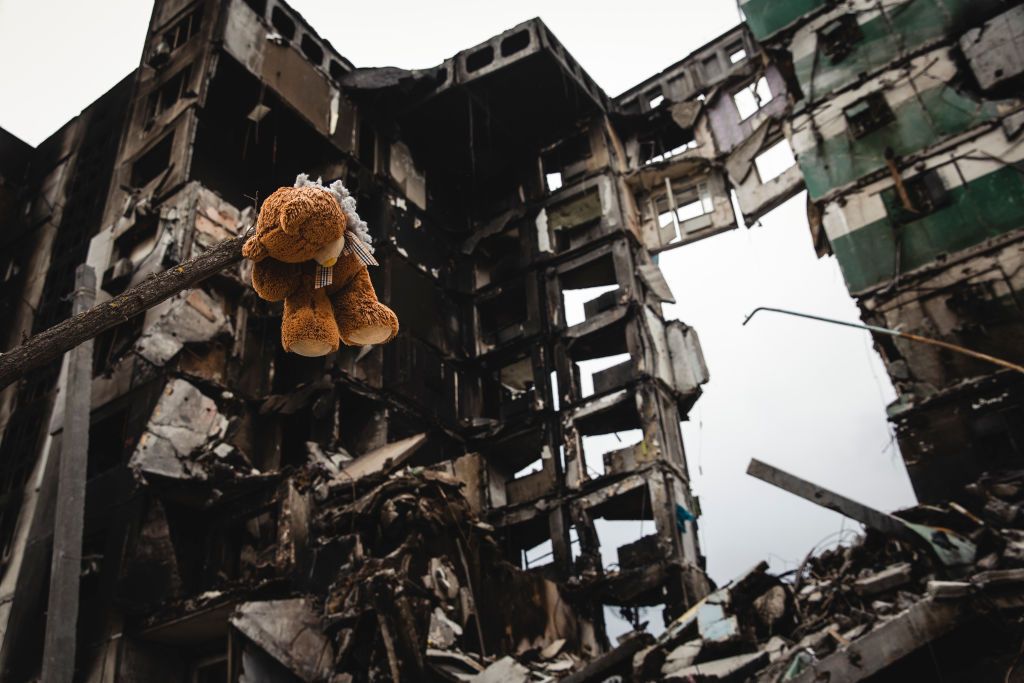
Passing by Mariupol, Sofia witnessed a city in ruins. "Children," "Help," and "We are cold" inscriptions marked the haunting deaths of at least 20,000 residents.
She experienced Russian propaganda first hand throughout her journey: “The Kyiv regime destroyed everything. Our guys (Russian forces) did a good job. Look, they built the road,” a Russian bus driver who was carrying Ukrainians from the occupied territories said. It was just a job for him – the fate of those he was transporting didn't interest him.
Sofia said she and her her fellow travelers were forced to provide false information about their destination in Russia as they entered the Russian-occupied part of Donetsk Oblast. None intended to stay; they all sought to return to Ukraine.
“I wrote something vague and helped all the old ladies (traveling with her). Some of them could only write in Ukrainian,” Sofia remembered.
To leave Russian-occupied territory and enter Ukraine, people must pass through several filtration camps where Russian troops scrutinize documents, belongings, and phones, searching for pro-Ukrainian sentiment. Those who fail filtration risk arrest and deportation to penal colonies.
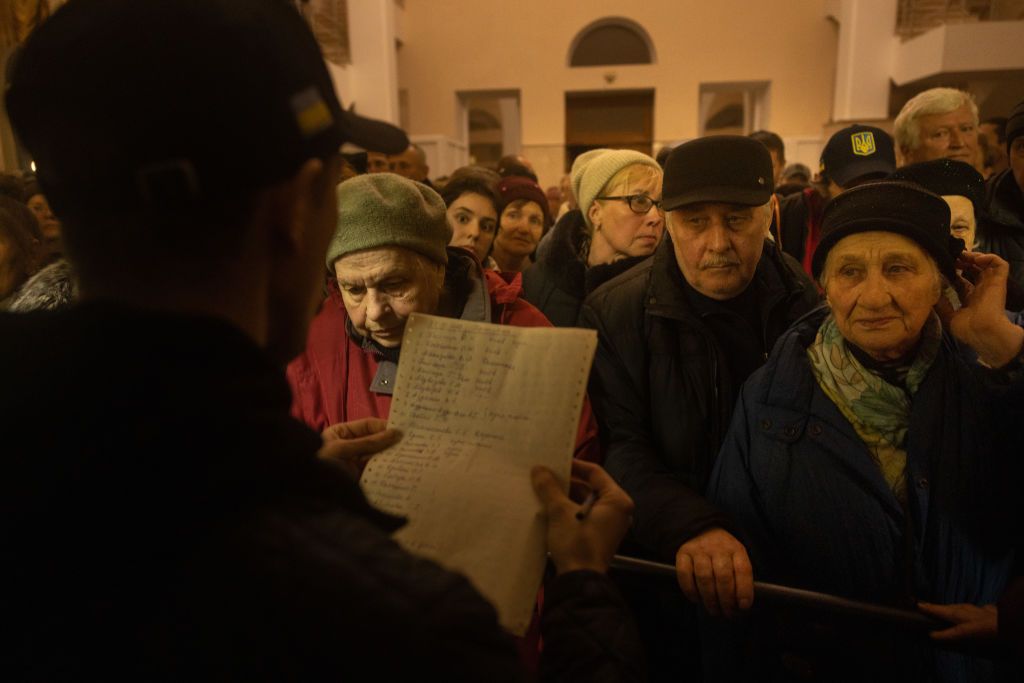
Yaroslav, a volunteer who helps Ukrainians enter Ukrainian-controlled territory, said one must pass by three such checkpoints when going via Mariupol.
“The Russian military did not check me because I was underage and evacuated without my parents. All the other people were checked carefully, especially men. They were searched from top to bottom: trousers, T-shirts, pockets, to see if there was anything hidden in them,” Sofia explained.
After passing Russian checkpoints near Kolotylivka, evacuees must walk through the "gray zone," often alone. Recently, volunteers have been allowed to assist those with limited mobility.
“The Russian side has stopped the shelling of volunteers (and) representatives of the Red Cross, who come to the 'gray zone' to meet people with limited mobility. Now they can bring stretchers and wheelchairs to help. Before, 2 kilometers was an insurmountable distance for many people,” Yaroslav said.
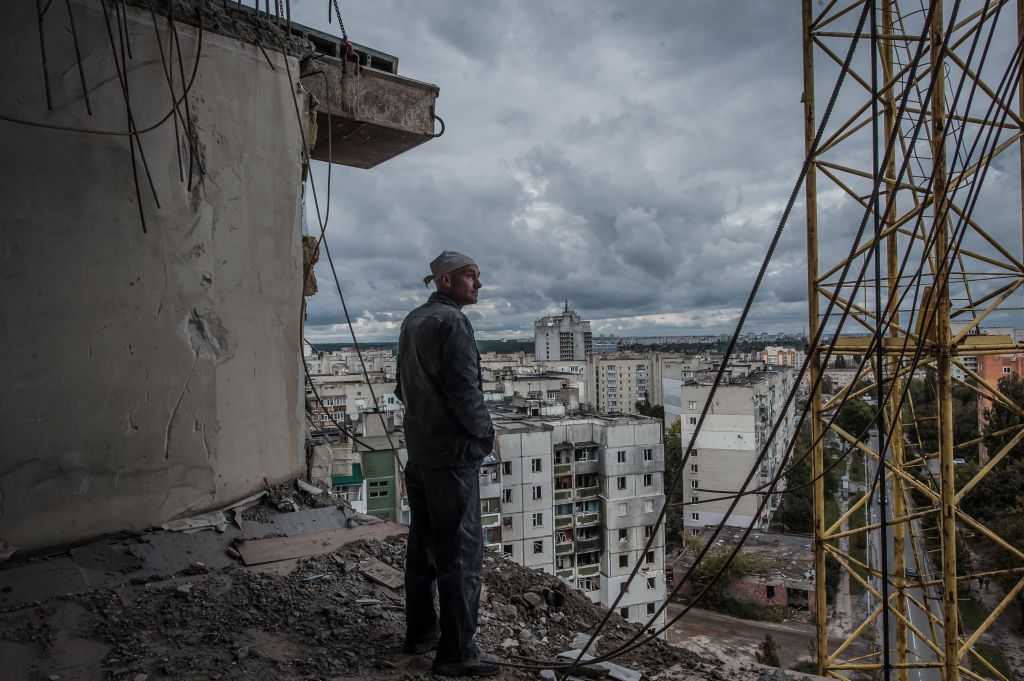
Once evacuees reach Pokrovka, Ukrainian border guards check their documents and transport them to a volunteer center near Sumy. There, they receive assistance with paperwork and payments.
“It was difficult because our group of evacuees consisted of 150 people. Also, we had to come and take a bed, otherwise we were left with very bad cots… I had to sleep on a cot with an old lady,” Sofia recalled.
Sofia said she was treated with understanding, but she was left to fend for herself. Volunteers explained everything and fed her whenever necessary until she left for Vinnytsia, a city in central Ukraine where her boyfriend’s family lives.
The trauma of occupation lingers: “I have nightmares about being captured again. I scream. I am scared to death even though now I can sleep calmly. I couldn't do that at home. We always thought that (the Russians) would come and rape us or just kill us. That's what happened in the neighboring villages,” Sofia said.
Sofia's memories of her lost home and her mother, who stayed behind, haunt her: “After the liberation of Kherson, some people think that the whole region has been freed and everything is okay. But the left bank is still under occupation, and people often do not talk about it. It is just as bad. The same torture chambers, the same deportations, the same killings, the same houses are being taken away."
Editor’s Note: The opinions expressed in the op-ed section are those of the authors and do not purport to reflect the views of the Kyiv Independent.
